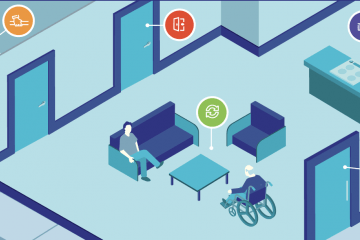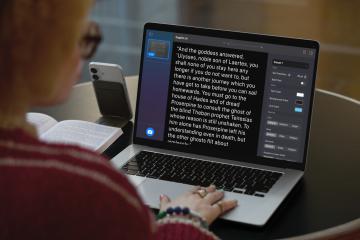7 Principles of Universal Design

1. Equitable Use
-
Design is appealing and provides the same means of use to all individuals.
-
Provisions for privacy, security, and safety are equally available.
2. Flexibility in Use
-
There is choice in methods of use.
-
Accommodations for right or left handed use.
-
Allow for accuracy and precision as well as adaptable to the individual’s pace.
3. Simple & Intuitive Use
-
Use of the design is easy to understand.
-
Any undue complexity is removed.
4. Perceptible Information
-
Ambient conditions do not affect use.
-
Consider individual’s sensory abilities.
-
Provide contrast between essential information and its surroundings.
5. Tolerance for Error
-
Consider and minimize hazards and the adverse consequences of accidental or unintended actions.
-
Provide fail-safe features.
6. Low Physical Effort
-
Allow user to maintain a neutral body position.
-
Minimize repetitive actions and sustained physical effort.
7. Size and Space for Approach and Use
-
Provide a clear line of sight to important elements for any seated or standing user.
-
Make reach to all components comfortable for any seated or standing user.
-
Accommodate variations in hand and grip size.
-
Provide adequate space for the use of assistive devices or personal assistance.
Adapted from The Seven Principles of Universal Design by Rosemarie Rossetti (Dec 2006)





